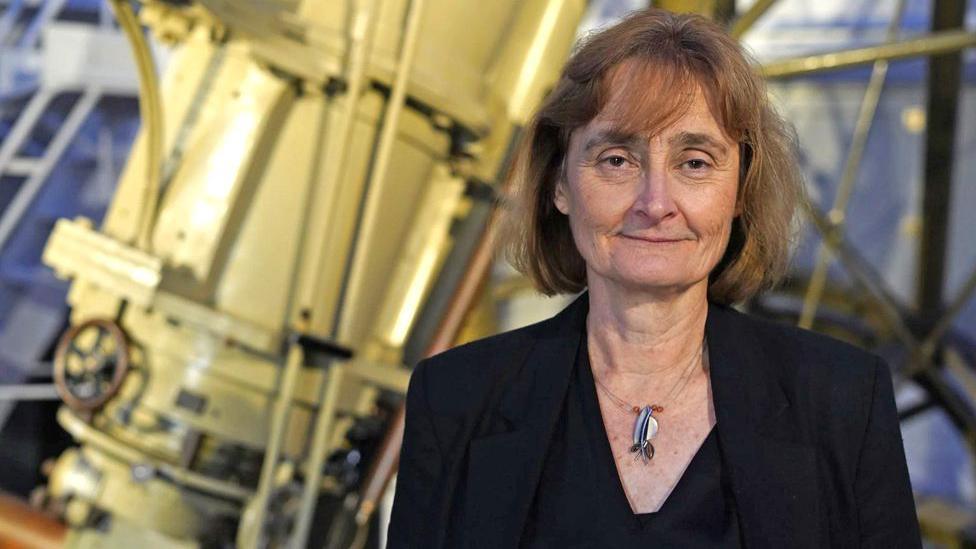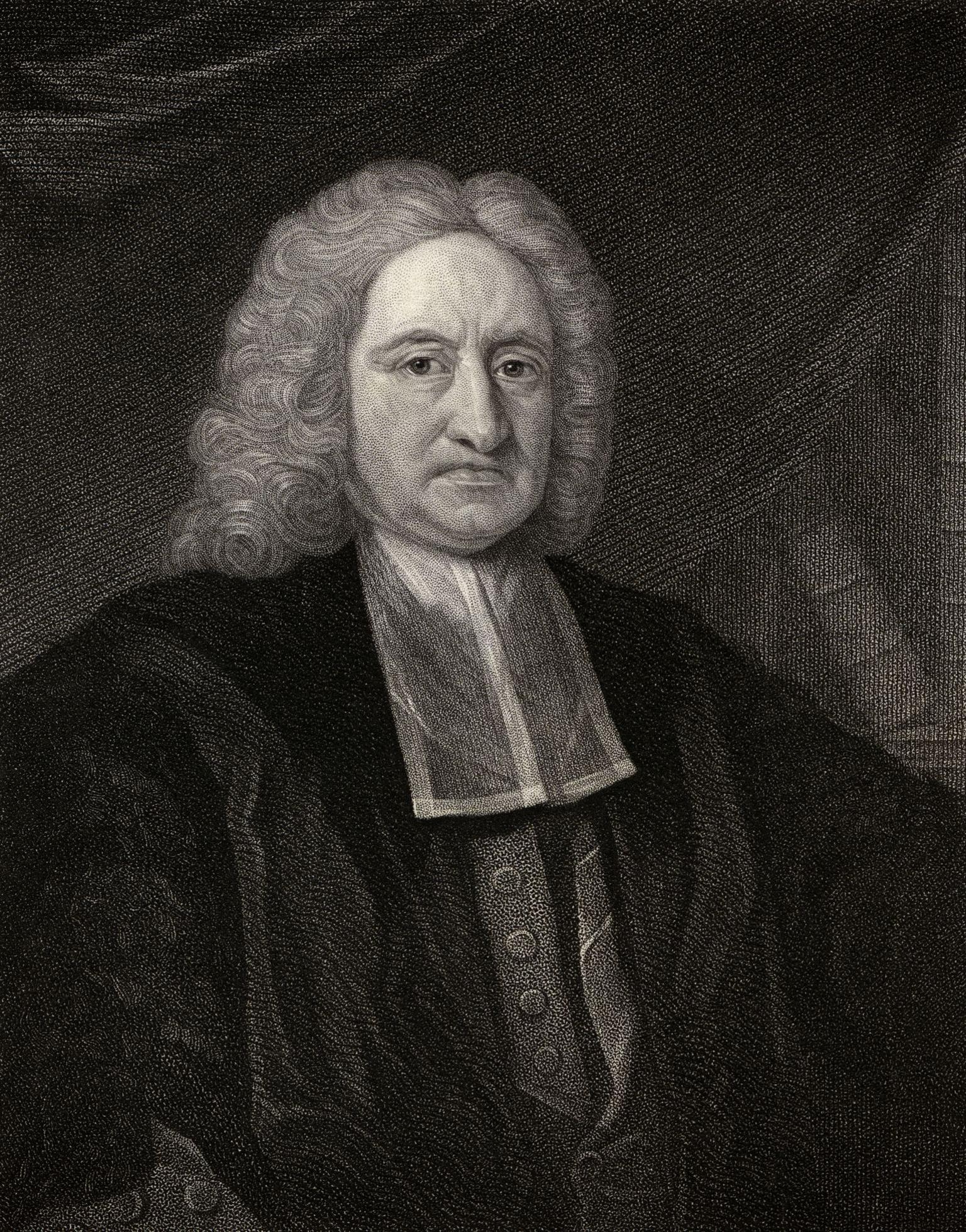Meet the UK's first female Astronomer Royal

Prof Michele Dougherty is the new Astronomer Royal
- Published
After 350 years, the UK's first female Astronomer Royal has been appointed.
Professor Michele Dougherty will act as an official adviser to King Charles III on astronomical matters - so that is anything related to space and the study of the universe.
The astronomer is currently working with the European Space Agency on a probe that will investigate the moons of Jupiter to see if they can support life.
Prof Dougherty says she wanted to "open people's eyes" to the wonders of space.
"It would be surprising if there wasn't life in our solar system," she said.
More stories like this
- Published6 February
- Published17 July
Professor Dougherty has been interested in space from a young age.
At 10, she built a telescope with her sister and father.
"That was when I got my first view of Jupiter and four large moons, never thinking I'd end up sending instruments on a spacecraft there," she said.
"I'm having to pinch myself at the thought of it and I'm having to pinch myself at the fact that I'm now Astronomer Royal!"
At the Royal Observatory in Edinburgh, Prof Catherine Heyman has held the post of Astronomer Royal for Scotland since 2021.
She congratulated Prof Dougherty on her new role.
"Science is becoming more diverse, which it needs to be if we want to answer these big questions, and I'm absolutely delighted now that the two Astronomers Royal across the UK are female, reflecting the fact that science is for everyone," she said.
Who is the Astronomer Royal?

Edmond Halley is one of the most famous Astronomer Royals in the post's 350 year history
The role was first created in 1675 by King Charles II.
It was created at the same time that the Royal Observatory in Greenwich was founded.
Some of the most famous names in British science have held the post, including Edmond Halley.
Halley is famous for a number of discoveries, including predicting the orbits of several comets.
His name was given to the famous Halley's comet, which orbits the Earth every 76 years.
Since 1972, the role was no longer associated with the Royal Observatory.
Instead, it is given to scientists who are recognised for their important contributions to astronomy.
